The sights that can be seen from the riverbank and farm roads.
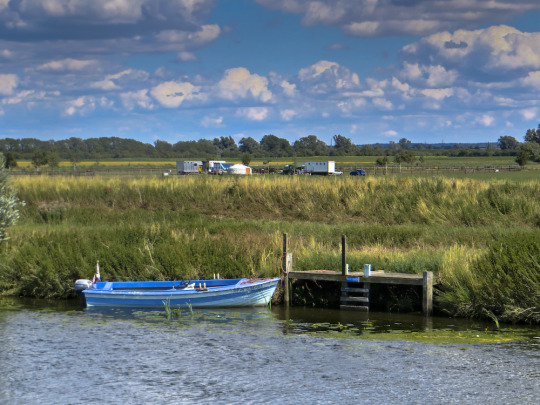
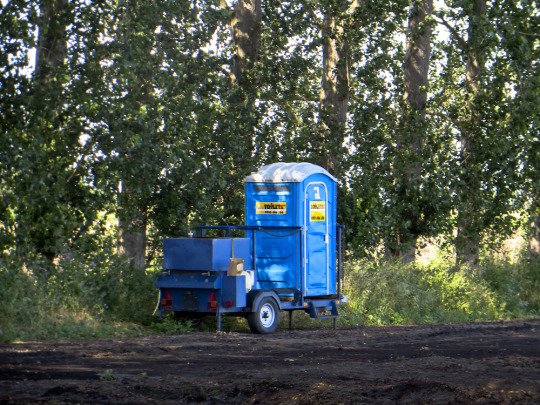
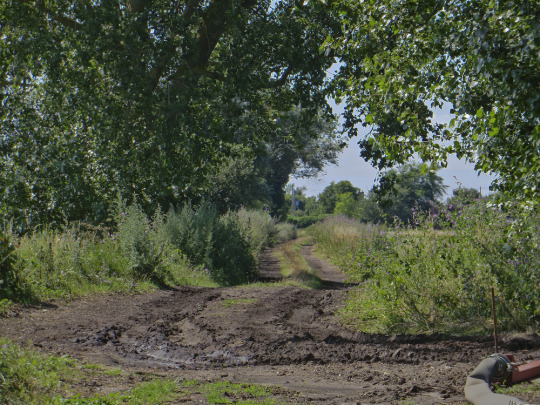
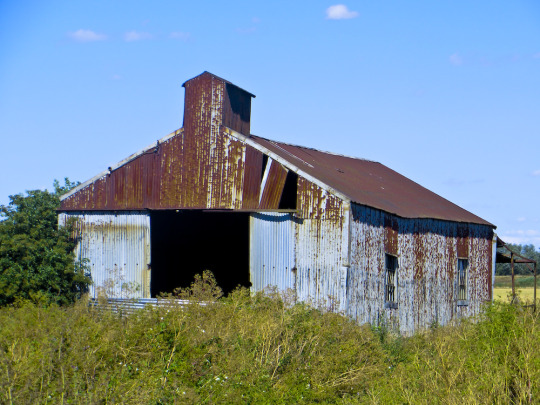
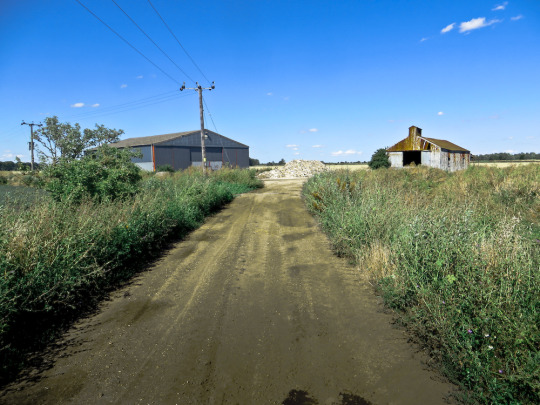

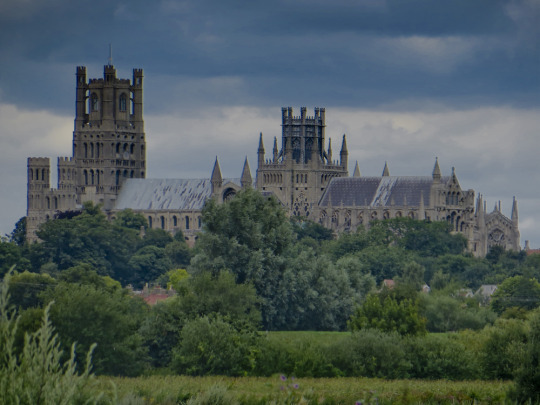
The sights that can be seen from the riverbank and farm roads.







I got the train to King’s Lynn with my bike, (it’s wonderful how some of the railway companies embrace non-rush-hour cycle travel). From London it is just under two hours. The aim was to get to Babingley to see a Norfolk ruined church that John Piper painted. It is located in the middle of a field.
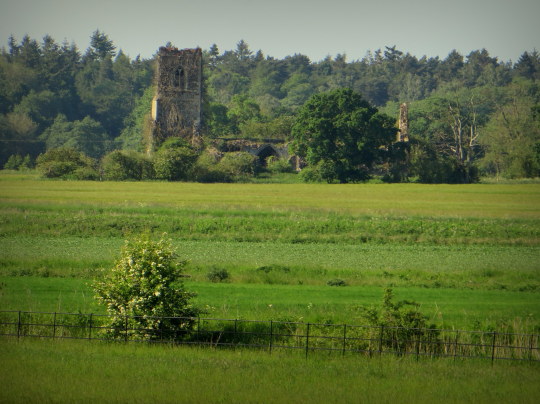
“Said to be the place where St Felix landed about 636 from Burgundy and thus where Christianity entered East Anglia. The present church is not older than the C14. Like so many others in this part of Norfolk, it is ruinous. The walls stand, but the roofs are gone. It was repaired in 1849 but after the mission church was build in 1880 by the main road there was no use for it.” †
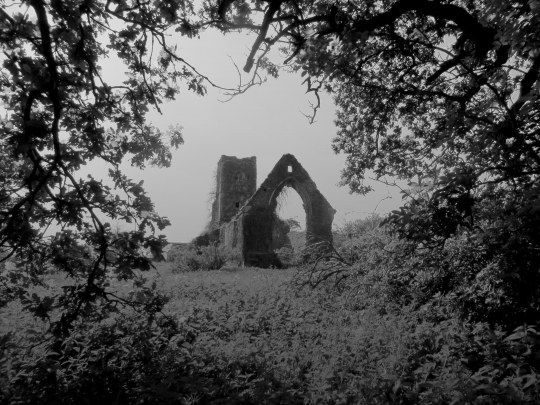
Here is a quote from a book on villages about Sandringham that gives light to the problem many of the rural estate churches had in Norfolk and singles out St Felix’s.
“By the time the future Edward VII, as Prince of Wales, acquired the estate in 1862, it had fallen into ruin. Besides, like many Norfolk churches, it stood by itself among fields, the village having migrated to the main road.
‘Up to the last year of his life he was continually improving his domain, repairing churches, spending money on the place in one way or another,’ a friend remembered of Edward VII after his death in 1910.” ‡
The roof of the church has been removed and few of the other internal details remain that are not part of the structure. The windows are all empty of both glass and the masonry. The church was once one long nave but due to the dwindling congregation the centre of the church was bricked up with a window, to make it two rooms and a bell tower.
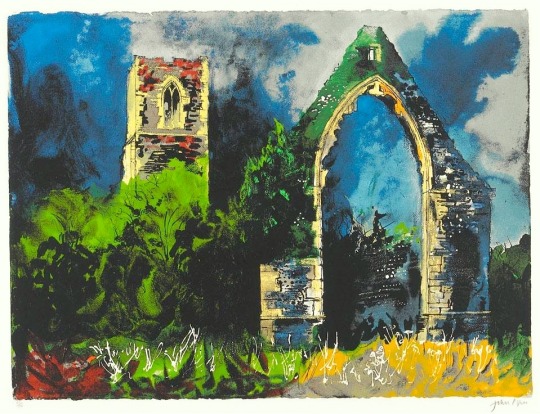
John Piper – Babingley Church, 1983.
The screen-print of the church was produced in 1983. It was printed in both colour (1983) and sepia (1984) editions. Below are more images from walking around the church.
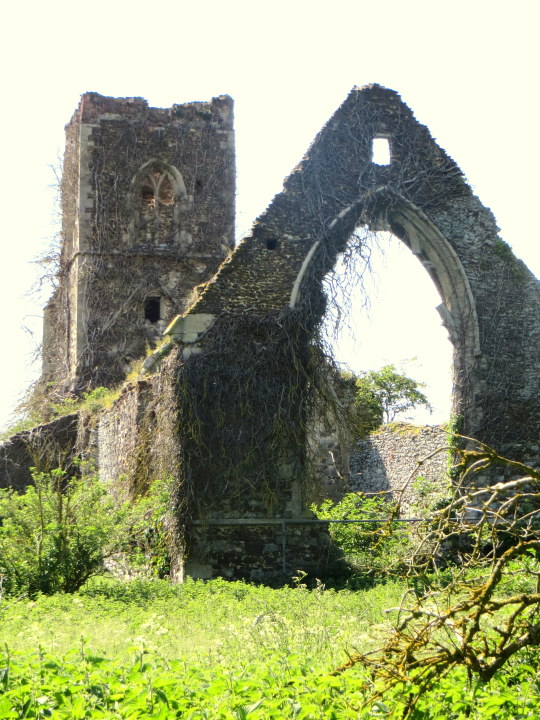
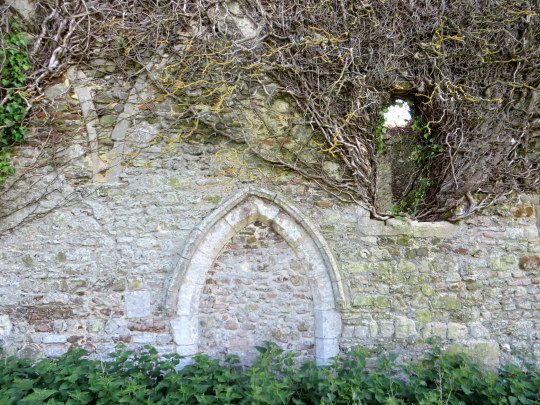
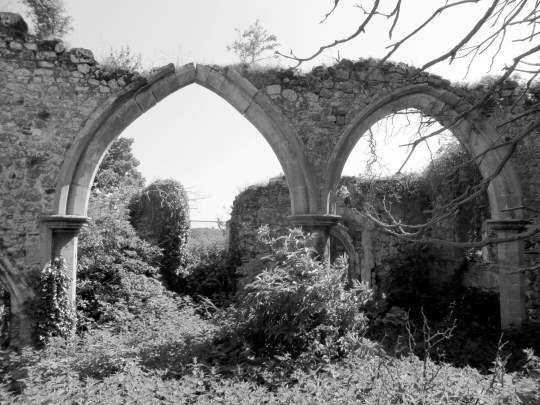
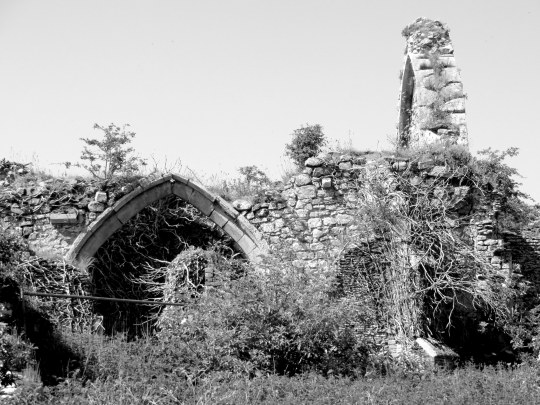
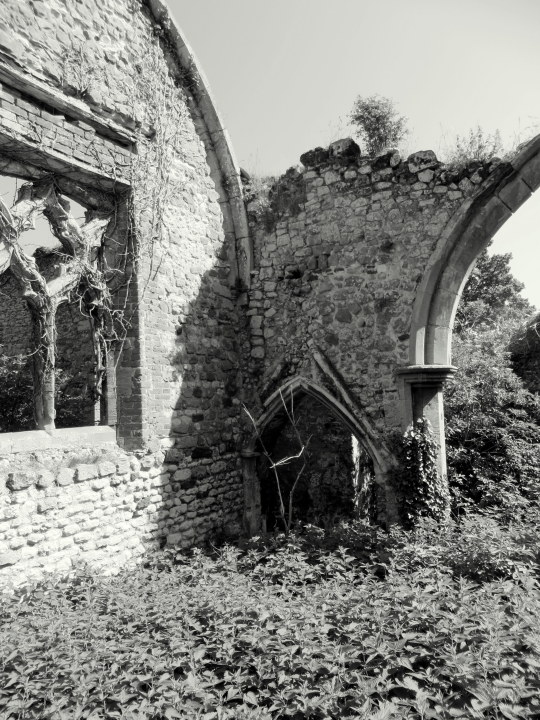
The church today is protected by a sea of stinging nettles (urtica dioica) and many signs telling of ‘Danger’. The heras fencing over the doorways and windows with the health and safety signs make it look depressing, even in a ruin we, the public, must be protected.
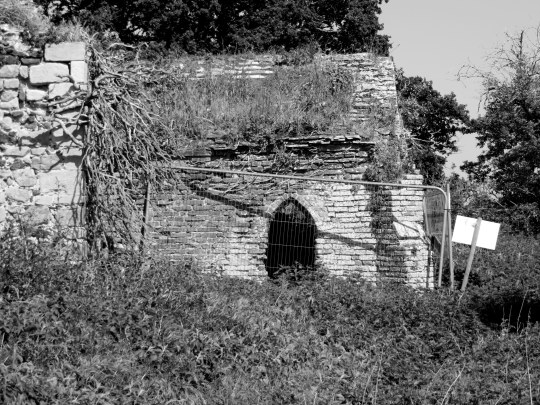
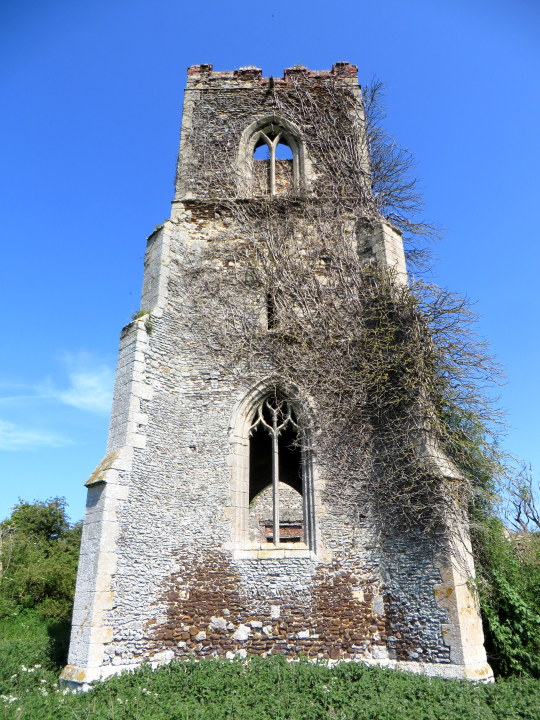
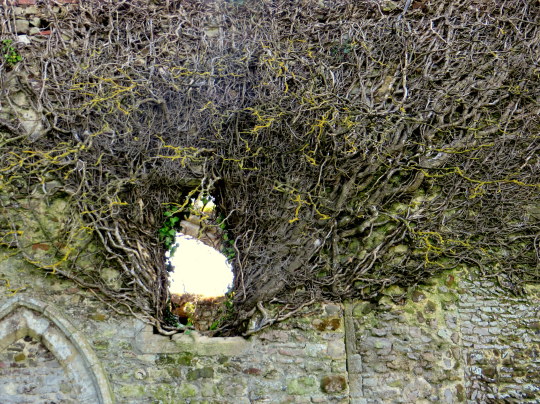
Above, is an image of some of the dead creepers on the wall coming out of the window, it looks haunted, like a Rackham illustration. Below, a picture of my bike and the fields next to the church.
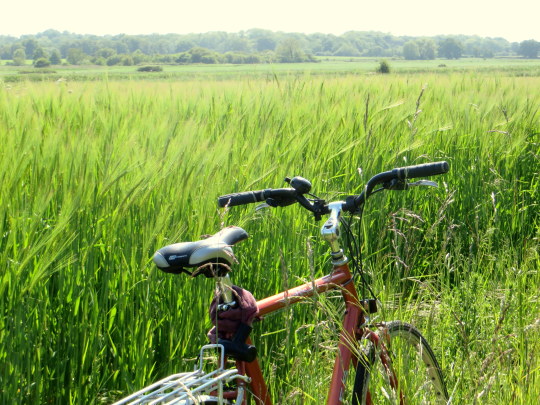

On cycling from St Felix’s Church I passed St Felix’s Chapel. It’s a strange building of corrugated iron and thatched roof with traditional window frames in.
“The church of St Mary and St Felix at Babingley shows that corrugated iron can also have charm. It stands on the Sandringham estate.” ‡
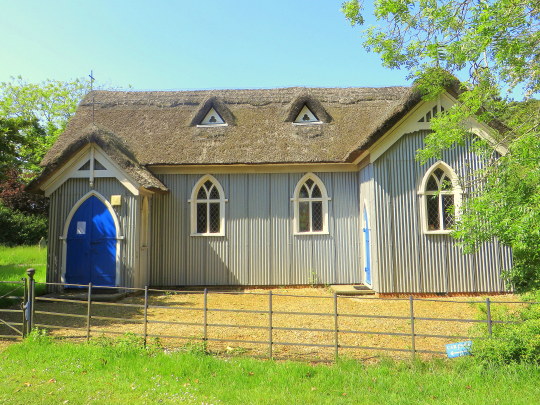
The cycle ride back towards Kings Lynn took me back through Castle Rising. There is a cycle path going on the edge of the village down a tree lined avenue and over a river where I saw a swan and her signets. The bridge over the river had been graffitied with the words ‘Hustlers Ambition’.
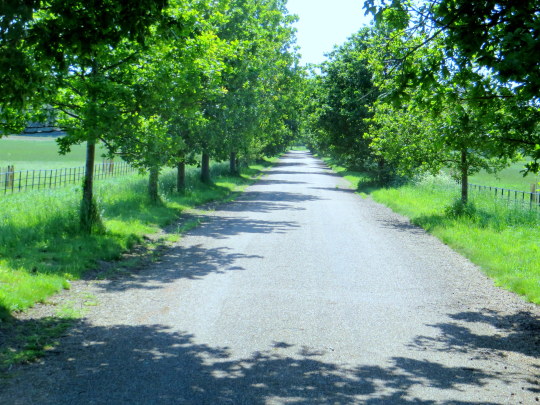
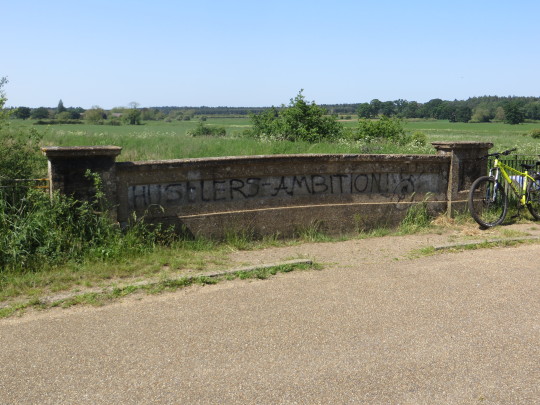
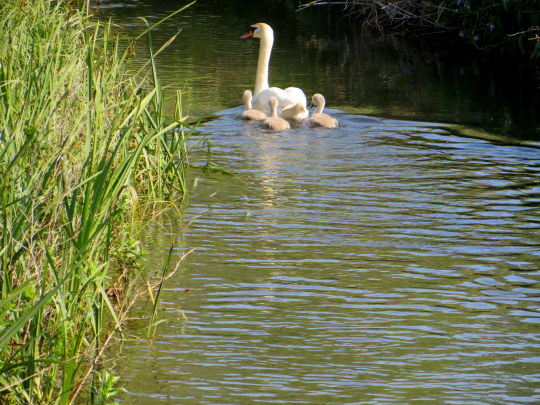
Castle Rising is a small village with the castle still, more-or-less in tact. However I didn’t have much time to see it but the photos from the village were of a rather practical war memorial in the form of a lamp post (maybe an eternal light/flame?) for the First World War. The other was an old sign post for the castle.
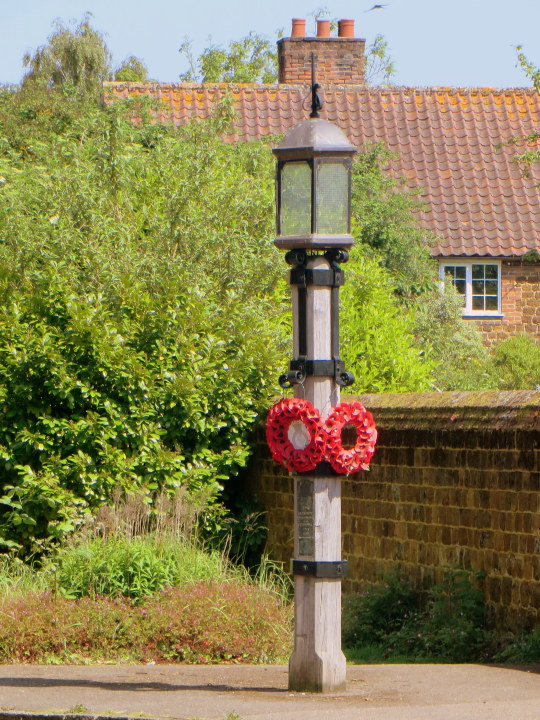
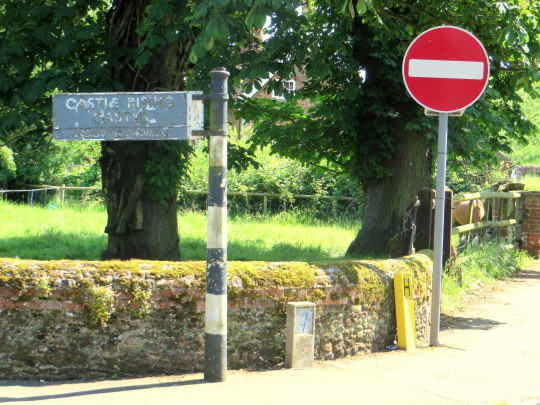
With some time to spare before my train home I cycled around the old docklands of King’s Lynn. It was surprising to see so many scuttled boats at low tide.
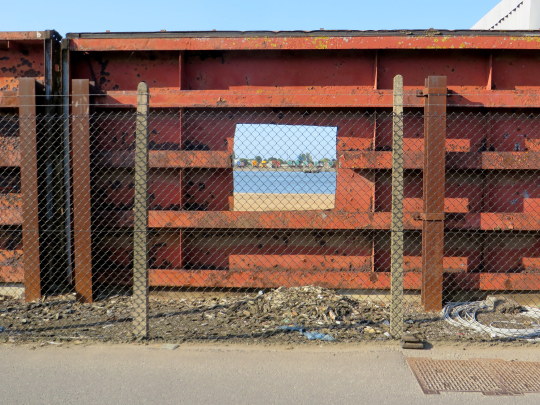
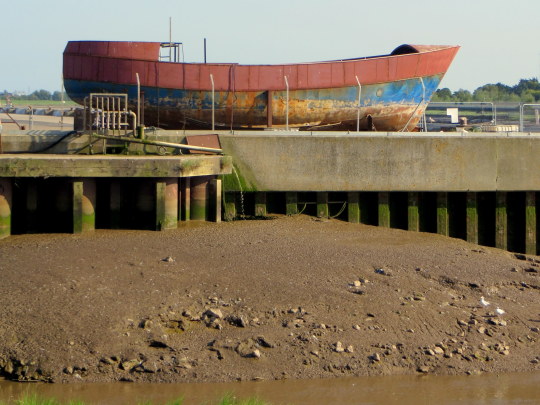
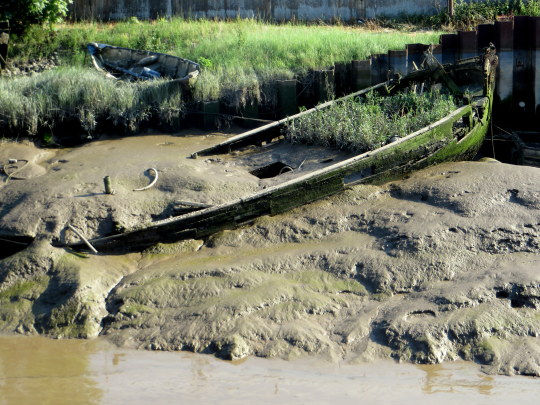
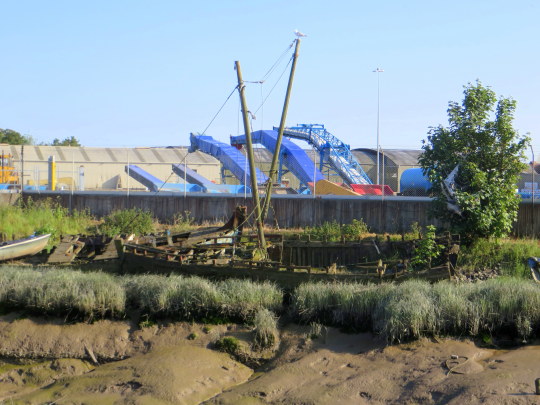
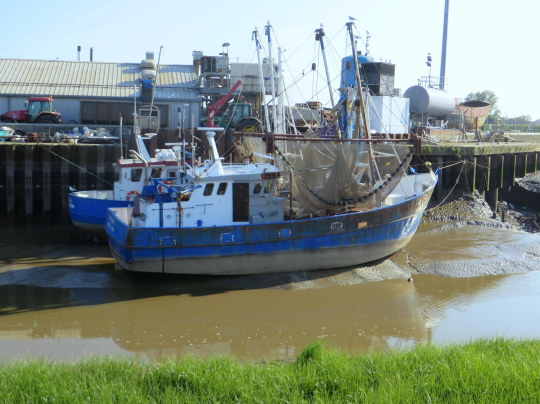
Below are some Seagull chicks with their enormous feet.
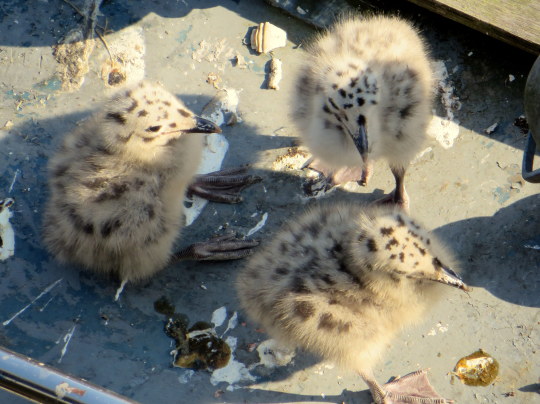
One of the roads by the docks is made up from millions of used shells from the near-by sea food factory. The image below shows how the lorries driving up and down turn the shells into a gravel.
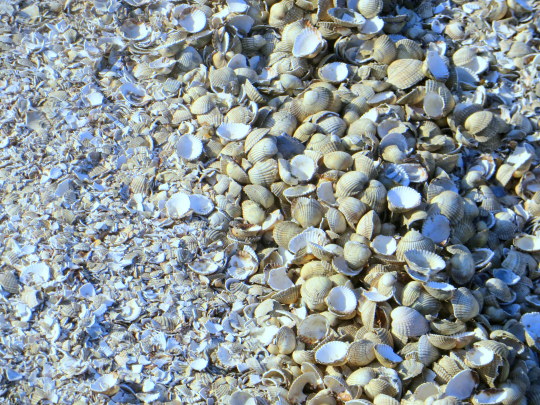
To celebrate the connections with the local R.A.F. Marham over the last 100 years, 15 sponsored and uniquely decorated model Tornados have been positioned around the town. Below is the one outside of the station.
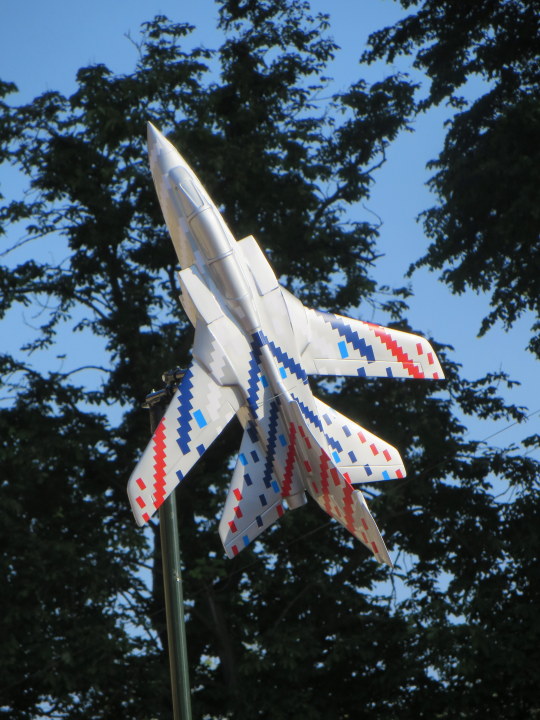
Norfolk by John Betjeman ≠
How did the Devil come? When first attack?
These Norfolk lanes recall lost innocence,
The years fall off and find me walking back
Dragging a stick along the wooden fence
Down this same path, where, forty years ago,
My father strolled behind me, calm and slow.I used to fill my hands with sorrel seeds
And shower him with them from the tops of the stiles,
I used to butt my head into his tweeds
To make him hurry down those languorous miles
Of ash and alder-shaded lanes, till here
Our moorings and the masthead would appear.There after supper lit by lantern light
Warm in the cabin I could lie secure
And hear against the polished sides at night
The lap lap lapping of the weedy Bure,
A whispering and watery Norfolk sound
Telling of all the moonlit reeds around.How did the Devil come? When first attack?
The church is just the same, though now I know
Fowler of Louth restored it. Time, bring back
The rapturous ignorance of long ago,
The peace, before the dreadful daylight starts,
Of unkept promises and broken hearts.
† Norfolk 2: North-West and South, Part 2. p190 9780300096576
‡ Villages of Britain. 9780747588726
≠ John Betjeman’s collected poems – p210 9780719568503